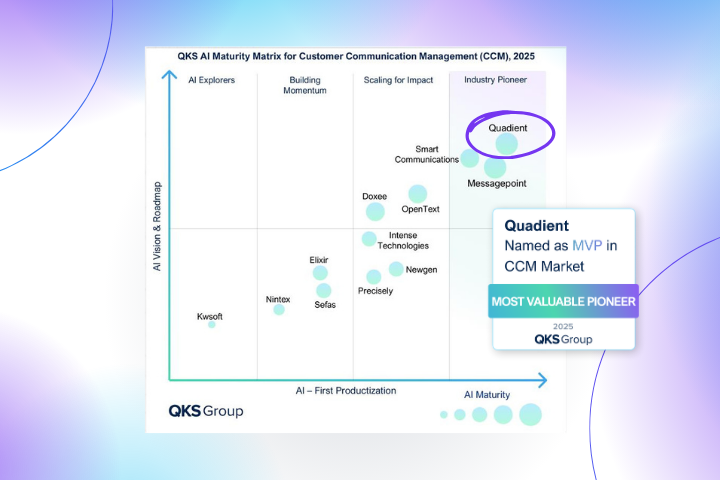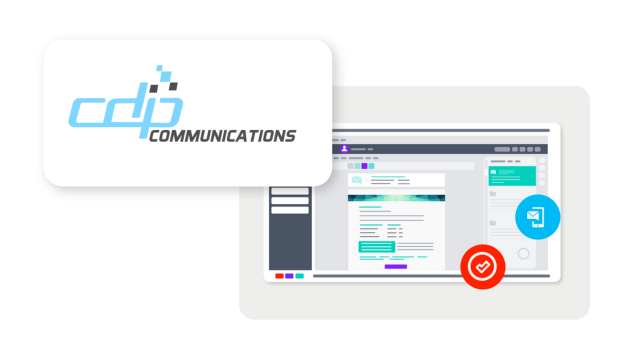
Organizations that have made the commitment to being customer experience (CX) oriented generate 5.7 times more revenue than companies that haven’t made customer experience a priority.
Studies show that 81% of customers are willing to pay more for good service.
Companies that deliver a great customer experience outgrow companies that do not.
Brands that provide a superior customer experience become more profitable.
A customer centric approach translates into improved customer satisfaction, heightened loyalty, reduced churn and increased revenue and profits.
As these facts indicate, good things happen when a company makes CX their mandate. Going forward, maintaining a high level of customer experience will be imperative.
This point is underscored when you consider that some research suggests that customer experience will overtake price and product as the key brand differentiator customers consider most by the year 2020 (that’s less than two years away!).
How can organizations maintain the upper hand when it comes to CX? One way is by recognizing and acting on trends in the marketplace.
To help your group get a head start, Quadient commissioned the Tech Research Asia (TRA) report “The Customer Experience Tech Trends That Will Define APAC in 2020”.
Here is a summary of some of the key CX trends that CX practitioners should consider in order to stay ahead of the curve and competition going forward.
1. Real-time Personalization
Real-time personalization is personalization using information that is collected via customer smartphones and other sensors.
Brands that create personalized experiences by integrating advanced digital technologies with data for customers are seeing revenues increasing two to three times faster than brands that do not.
Even though the benefits are tangible and immediate only 15% of companies are considering leveraging real-time personalization. Why? Because they say they lack dedicated, skilled personnel and aren’t prepared to make the necessary IT investment. Don’t follow in their footsteps.
According to Tech Research Asia, the ability to process and analyse data in real time and generate meaningful personalization for customers is going to be the difference between staying in business or not.

Source: eMarketer
2. Data Driven Decisions
Data collection, analysis and application allow for a richer understanding of the customer across the entire customer journey. The quandary is we now have more data sources about the customer than ever before.
How can companies keep up with all of the data that is produced?
Artificial Intelligence (AI) could be the answer.
AI can sort, analyse and extract patterns from data so much faster than humans. That’s why many predict AI will double economic growth by 2035 and 85% of all customer interactions with a business will be managed without human intervention by 2020.
Without a doubt AI will enable more predictive, personalized and timely customer service which, in turn, will help improve the state of an organization’s CX.

Source: eMarketer
3. Service-On-Demand Solutions
Self-service interactions have overtaken all others for the third year running. Customers expect information and service when they want it and on the device and channel they choose. One way to ensure that your organization can meet this demand is with a service-on-demand solution such as Interactive voice response (IVR).
IVR allows a computer to interact with humans via voice and keypad tones.
Next-generation, onmi-channel IVRs will know who your customers are, the context of their call, and where they are in the customer journey since their last engagement and then route them to the appropriate channel for resolution.
With service-on-demand solutions your company will be able to:
- Increase efficiency by managing repetitive tasks and addressing frequently asked questions
- Free up human resources to focus on more complex inquiries and higher-value transactions
- Enhance customer experience by allowing customers to control the interactions and pull information from the channel they prefer
- Pull data insights from internal and external data sources and proactively send intelligent upselling messages to targeted customers
4. Augmented Reality (AR) and Virtual Reality (VR)
AR/VR head-mounted devices (HMD) are poised to go mainstream with sales expected to reach $100 billion annually by 2025 and be used by 1 billion shoppers both online and in-store.
If you haven’t thought about AR and VR before, you should.
AR and VR can be used to augment your organization’s customer experience and allow you to leap frog past your competitors. Some companies are already taking this bold step. For example, there’s Amazon’s patented mirror which dresses customers in virtual clothes and Ikea Place which lets users place virtual Ikea furniture into their homes.

Source: Ikea.com
Tech Research Asia (TRA) recommends that organizations consider implementing AR and VR into their customer experience offering in three possible ways:
- Add to your in-store experience
- Bring the store to the consumer’s home
- Enhance the try-before-you-buy experience
The AR and VR possibilities are endless but greatest return on your investment will come from focusing your efforts on using AR and VR to create real, meaningful interactions and experiences for your customers.
Explore these trends further and how they can enhance your organization’s customer experience efforts and future.







